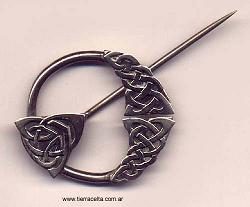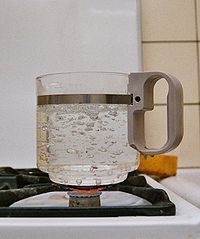 The label "sensory images" is used to mention the wide range of representations or ideas that have a relationship with the senses. In this way, a literary text presents a series of words that allow the reader to make a mental image of some kind. These images can be visual, auditory, tactile, taste or smell.
The label "sensory images" is used to mention the wide range of representations or ideas that have a relationship with the senses. In this way, a literary text presents a series of words that allow the reader to make a mental image of some kind. These images can be visual, auditory, tactile, taste or smell.
All of them are used as a literary device to provide beauty and expressiveness to a text. Advertisements also use sensory images to spark consumer interest.
Visual, auditory, tactile and olfactory images
Certain words allow the reader to make a picture of reality. In this sense, we speak of "visual poets", of the relationship between writing and the image or of visual discourse.
Poets use word combinations with an auditory dimension to suggest a sound. Thus, if a poet speaks of the "melody of the nightingale" or the "whistle of the autumn wind" the reader will create in his mind an image with a certain sonority.
Through words it is possible to suggest all kinds of textures. Likewise, the texture of a material allows to recreate a specific tactile sensation. In this way, if I say "soft fur" or "cold metal" I am mentioning the capacity that each type of texture has to suggest sensations.
The sense of smell can also be stimulated through words. In fact, many words refer to the smell, such as rotten, smelly, aromatic, or fragrance. Patrick Süskind's novel "Perfume: the story of a murderer" is a clear example of the close relationship between smell and words.
In the novel "Como agua para chocolate" by Laura Esquivel, the sense of taste acquires a singular role.
 The Mexican novelist refers to flavors and smells in such a way that the reader perceives them as if they were real. In fact, the description of the food becomes a literary device of great sensuality and beauty.
The Mexican novelist refers to flavors and smells in such a way that the reader perceives them as if they were real. In fact, the description of the food becomes a literary device of great sensuality and beauty.
Synesthesia in literature consists of mixing different sensory images
The different sensations transmitted through words can also be combined. When this occurs a synaesthetic metaphor is produced, such as "sweet green", "pink caress", "spicy red" or "white and soft silence".
Photos: Fotolia - arkela / klatki









